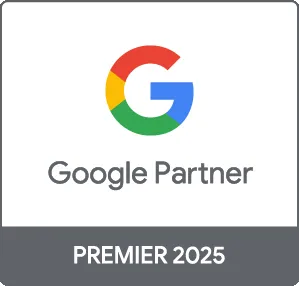In today’s digital landscape, advertising on platforms like Google and Facebook is essential for reaching a wider audience and driving business growth. Both platforms offer unique advantages, and when used strategically, they can complement each other to elevate your marketing efforts. This guide will walk you through how to successfully leverage both Google and Facebook Ads to maximize your online presence and conversions.
Understanding Google Ads
Google Ads operates on a pay-per-click (PPC) model, allowing businesses to create ads that appear in Google’s search results and on other websites through the Google Display Network. Key benefits include:
- Targeted Reach: Google Ads allows you to target specific keywords, enabling potential customers searching for your products or services to find you easily.
- Measurable Results: Track performance through metrics like clicks, impressions, and conversions, allowing for data-driven optimizations.
- Flexible Budgeting: Set daily budgets and bid strategies to control spending while achieving desired results.
Understanding Facebook Ads
Facebook Ads, on the other hand, provides businesses the ability to target specific demographics, interests, and behaviors, making it a powerful tool for brand awareness and engagement. Key advantages include:
- Visual Appeal: Utilize rich media formats like images, videos, and carousels to create engaging ads that catch users’ attention.
- Audience Targeting: Facebook's robust targeting options allow you to reach users based on interests, location, and even past interactions with your brand.
- Retargeting Capabilities: Re-engage visitors who have previously interacted with your brand, increasing the likelihood of conversions.
Integrating Google Ads and Facebook Ads
When used in tandem, Google and Facebook Ads can enhance your marketing strategies. Here’s how:
- Cross-Promotion: Use Facebook Ads to build brand awareness, which can drive traffic to your site and improve your Google Ads quality score.
- Comprehensive Customer Insights: Gather data from both platforms to create a more detailed picture of customer behaviors and preferences.
- Consistent Messaging: Ensure that your campaigns on both platforms align in terms of messaging, visuals, and offers to reinforce brand identity.
Best Practices for Ads
To optimize both Google and Facebook Ads, consider these best practices:
- Test and Optimize: Continuously A/B test different ad formats, headlines, and calls-to-action to identify what works best.
- Monitor Performance: Regularly review and analyze performance metrics to adjust your strategies based on real-time data.
- Enhance Targeting: Regularly refine your target audience based on engagement and conversion results for more effective ad placement.
Conclusion
By strategically leveraging Google and Facebook Ads, businesses can maximize their reach and drive significant engagement. Both platforms offer unique benefits—Google for search intent and immediate action, and Facebook for broader brand awareness and engagement. If you’re looking to enhance your digital advertising strategy, consider integrating both platforms for optimal results. At Prebo Digital, we specialize in creating effective advertising campaigns tailored to your business needs. Contact us today to discuss how we can drive your marketing successes!





